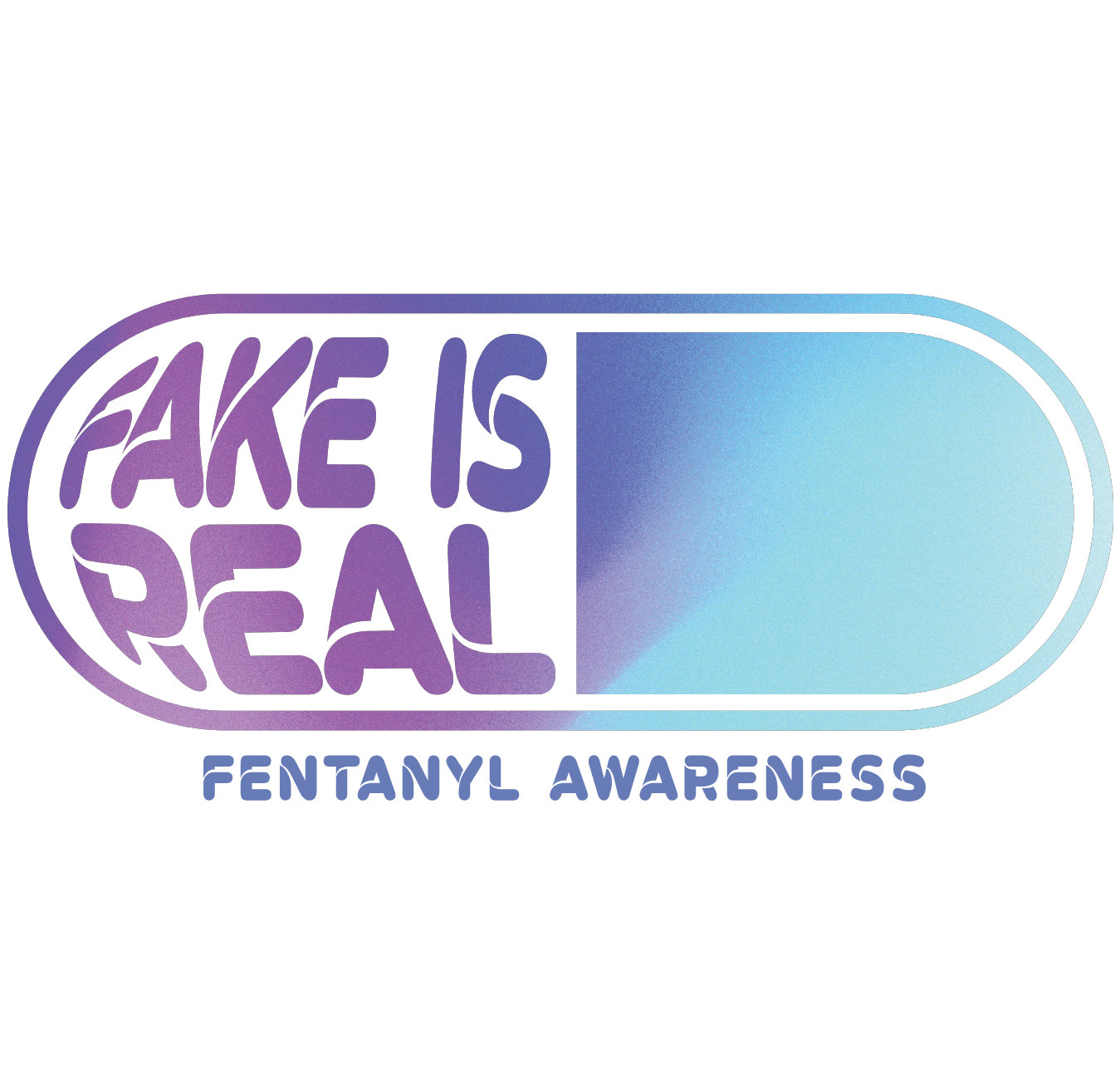‘Fake is Real’ Fentanyl Awareness Campaign Launched By Northampton County

- Kurt Bresswein
- Lehigh Valley Live
Ben Miller was 17 when he was prescribed Vicodin after his wisdom teeth were extracted. After being overprescribed painkillers by Bethlehem Township-based Dr. Ajeeb Titus, who is serving a related prison term, he doctor-shopped for more scripts and tried Suboxone to curb his cravings, before being cut off cold turkey over a failed drug screen, his mother said.
“That’s when Ben turned to street heroin because the cravings were so intense. Street heroin is super, super cheap,” Rhonda Miller said Tuesday. “They get on, on the street heroin and from there it’s just a matter of time before fentanyl is in the mix. I mean, now everything’s fentanyl, fentanyl is in everything.”
Ben Miller died Aug. 1, 2016, of a pure dose of fentanyl. He was 23.
“And when we don’t know if the pills are real or fake or the fentanyl is hidden, obviously that is what has caused a lot of lives to be lost,” Wandalowski said.
“Fake is Real” is geared toward 13-to-35-year-olds and offers fact-based resources through fakeisreal.org and on social media; education that community members can share with loved ones, or teachers with classrooms, and which is updated in real time as the fentanyl threat evolves; billboard, bus shelter and newspaper advertising; email updates; education on the use and distribution of the opioid-overdose antidote naloxone; and more, according to Sarah Clark, consultant and creative principal with Kudu.
Four out of 10 pills sold on the street contain lethal doses of fentanyl, according to Tuesday’s presentation on the campaign. It’s sold directly to users, but can also show up in other street drugs like heroin, methamphetamine, cocaine, marijuana and pressed pills, the experts gathered Tuesday said.
“And it’s in everything. Everything. And a lot of times this isn’t overdosing, this is poisoning,” Clark said. “If it’s not prescribed at your doctor, there’s a very, very high risk of fentanyl.”
Seeing people falling victim to the potent synthetic opioid, who maybe got hooked on painkillers after a knee procedure, was “my wake-up call,” said Houck, the district attorney.
“When we got involved in this it wasn’t a situation where — like I thought people were buying fentanyl,” he said. “This is how in the dark I was. And that’s not it. They’re not buying fentanyl. … Most of them are buying heroin and are getting fentanyl, which makes this even worse because even the people that are getting these drugs think they’re getting something else.”
“And they’re not getting it and they don’t have a chance,” Houck said.
Houck touted Tuesday Pennsylvania’s good Samaritan law that grants immunity from some drug violations to individuals who report an overdose: “I strongly endorse it.”
As of last August, Pennsylvania had seen 5,170 unintentional overdose deaths from any drugs in 2020, with 4,398 — 85% — confirmed to be opioid-related, an 18% increase in opioid-related deaths compared to 3,741 in 2019, according to the state Department of Health. The Lehigh Valley’s rate of overdose deaths per 10,000 people according to that data was 140 in Lehigh County and 82 in Northampton County, though Bethlehem Health Director Kristen Wenrich noted Northampton County had some pending investigations at the time that data was released.
Goals of “Fake is Real” include encouraging occasional drug users to discontinue use and addressing some of the causes, including the stigma surrounding mental health disorders, that can lead young people to drugs in the first place, Clark said. The campaign includes information on substance abuse treatment that depends on a number of factors as to whether it will be successful, including “the sooner they reach out for help the better,” according to Jiorle.
“We are hopeful that this campaign will shed a brighter light on this growing problem within our community,” the Northampton County Drug & Alcohol Division administrator said.
McClure, the county executive, was even more blunt with his goals for the program.
“I want to scare the hell out of these kids,” he said of hopes of reaching younger teens “before the needle goes in at 19.”

